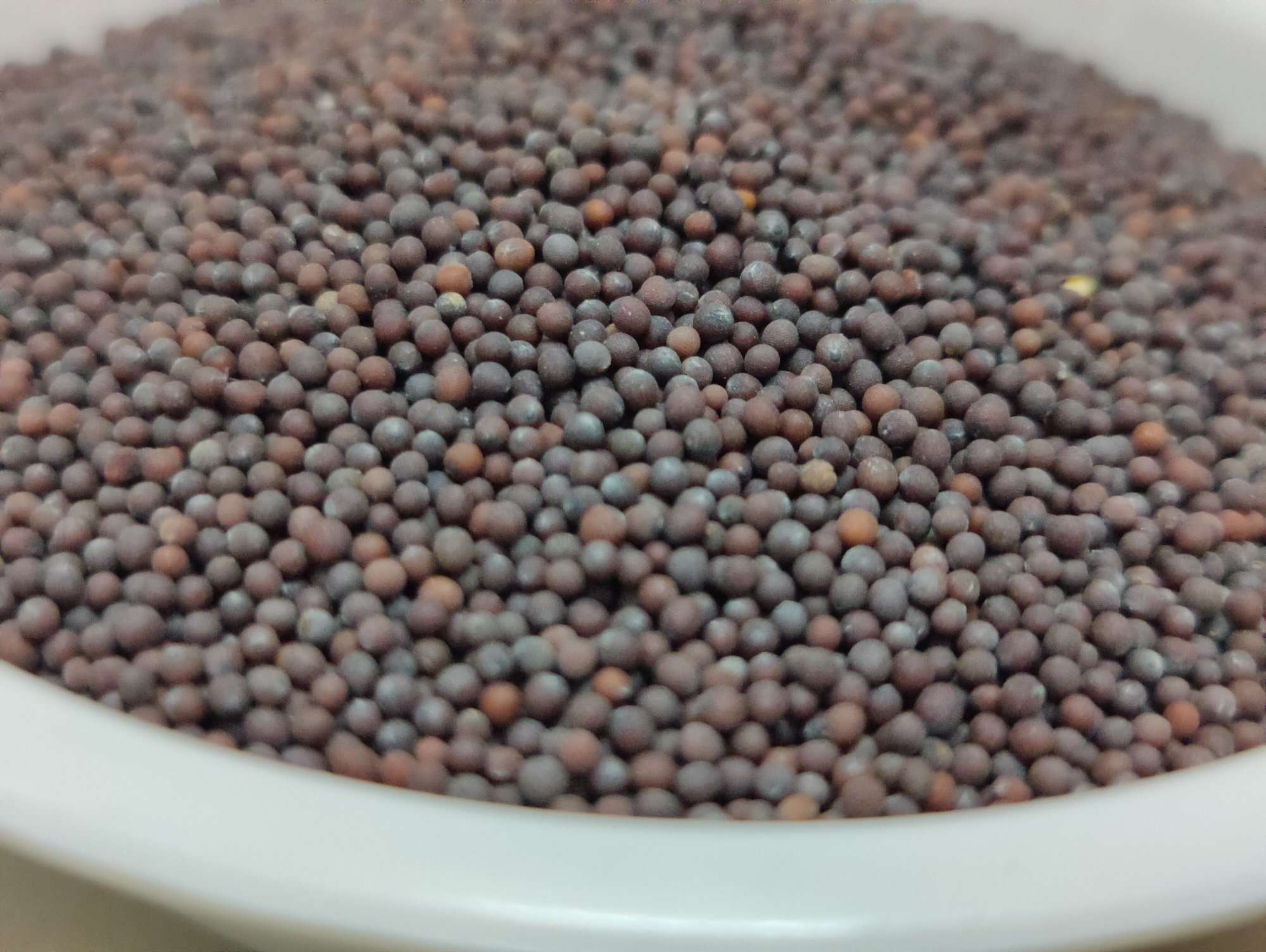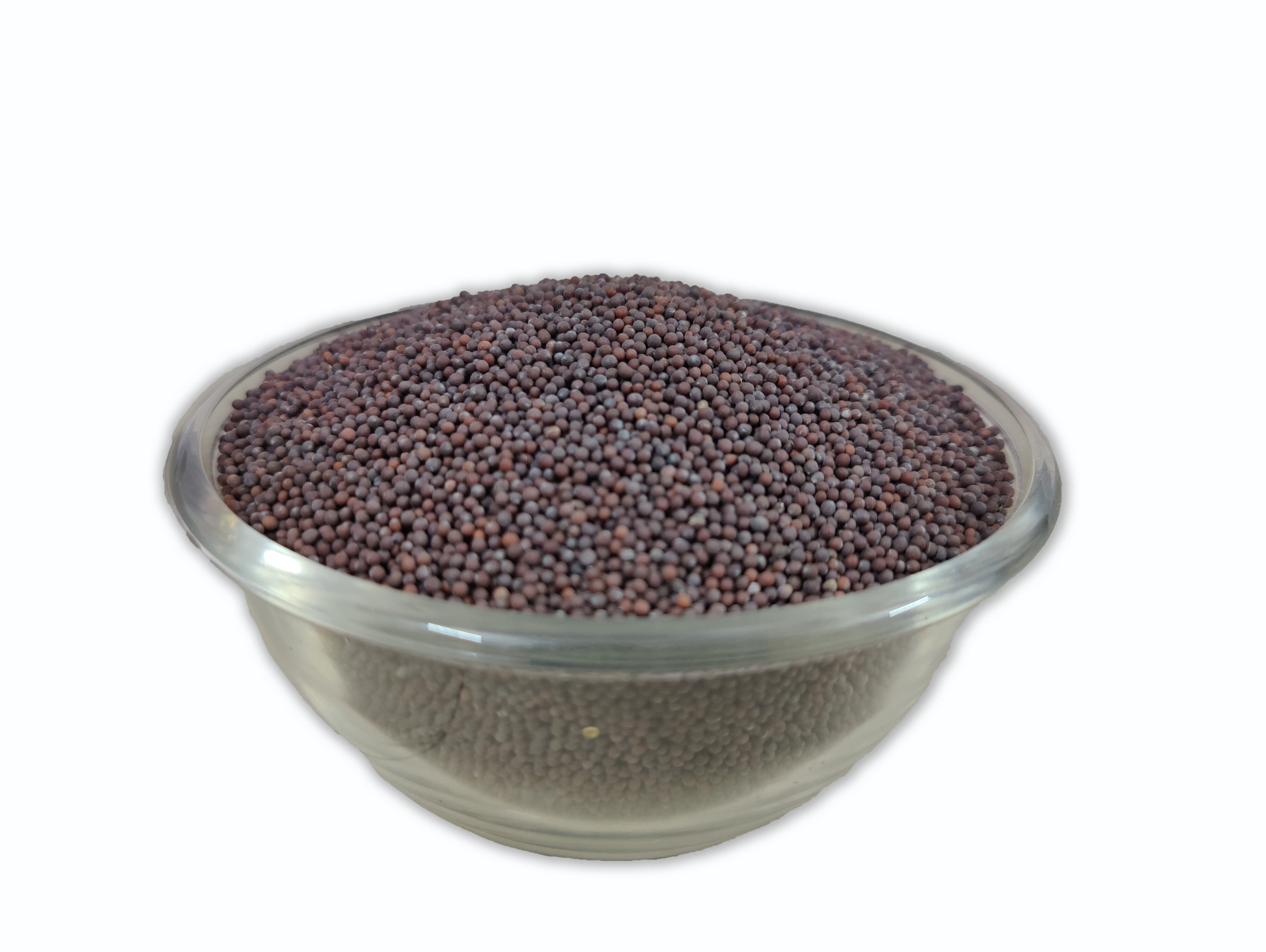Mustard
Mustard, particularly mustard seeds and greens, is a variety of plant cultivated for its culinary and nutritional benefits. It is highly regarded for its taste, texture, and nutritional value. Mustard seeds have a crunchy texture and a pungent, slightly bitter flavor that adds depth to various dishes.



growing conditions

Climate
Mustard grows best in cool temperate climates. The ideal temperature for mustard growth is between 10°C to 25°C. It is typically planted in late winter or early spring to avoid frost, as mustard cannot withstand extreme cold.

Watering
Moderate watering is required. Mustard needs consistent moisture, especially during flowering and seed development. However, overwatering should be avoided.

Soil
Mustard prefers well-drained, loamy soils rich in organic matter. The pH of the soil should be slightly acidic to neutral (between 5.5 and 7.5). Avoid waterlogged conditions, as it affects root health and seed production.

Planting Time
In temperate regions, mustard is sown in spring or early fall. In tropical climates, it can be planted during the cooler seasons.

Sunlight
Mustard requires full sunlight for optimal growth, at least 6 hours of direct sun daily.
Nutritional facts(100 gm)
- Calories: 508 kcal
- Carbohydrates: 28.1 grams
- Fiber: 12.2 grams
- Protein: 26.1 grams
- Fat: 36.2 grams
- Vitamin C: 70 mg
- Iron: 1.6 mg
- Magnesium: 20 mg
- Potassium: 384 mg
- Vitamin K: 593 µg









